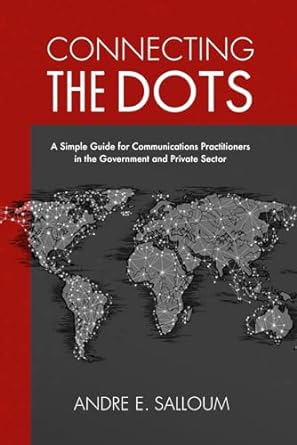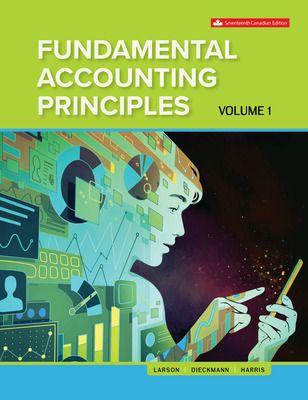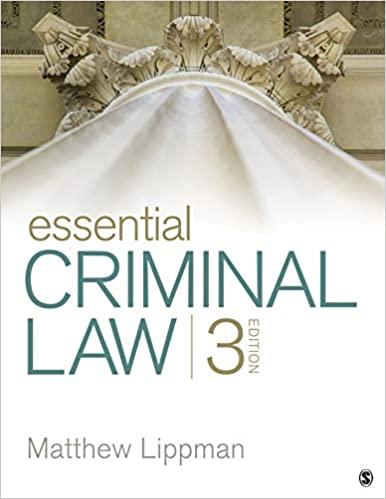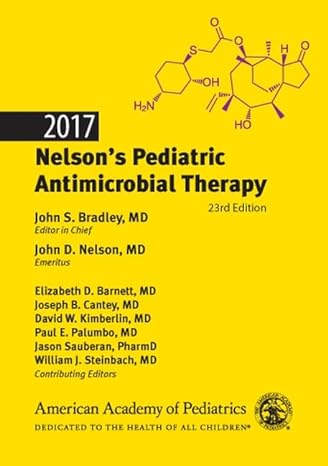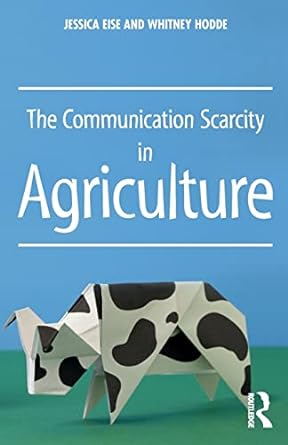Go back

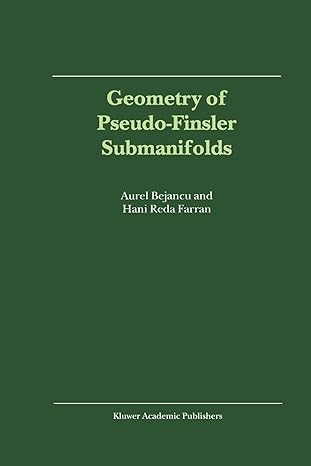
Geometry Of Pseudo Finsler Submanifolds(1st Edition)
Authors:
Aurel Bejancu ,Hani Reda Farran

Cover Type:Hardcover
Condition:Used
In Stock
Include with your book
Free shipping: April 06, 2024Popular items with books
Access to 3 Million+ solutions
Free ✝
Ask 10 Questions from expert
200,000+ Expert answers
✝ 7 days-trial
Total Price:
$0
List Price: $54.99
Savings: $54.99(100%)
Book details
ISBN: 9048156017, 978-9048156016
Book publisher: Springer
Get your hands on the best-selling book Geometry Of Pseudo Finsler Submanifolds 1st Edition for free. Feed your curiosity and let your imagination soar with the best stories coming out to you without hefty price tags. Browse SolutionInn to discover a treasure trove of fiction and non-fiction books where every page leads the reader to an undiscovered world. Start your literary adventure right away and also enjoy free shipping of these complimentary books to your door.
Geometry Of Pseudo Finsler Submanifolds 1st Edition Summary: Finsler geometry is the most natural generalization of Riemannian geo- metry. It started in 1918 when P. Finsler [1] wrote his thesis on curves and surfaces in what he called generalized metric spaces. Studying the geometry of those spaces (which where named Finsler spaces or Finsler manifolds) became an area of active research. Many important results on the subject have been brought together in several monographs (cf., H. Rund [3], G. Asanov [1], M. Matsumoto [6], A. Bejancu [8], P. L. Antonelli, R. S. Ingar- den and M. Matsumoto [1], M. Abate and G. Patrizio [1] and R. Miron [3]) . However, the present book is the first in the literature that is entirely de- voted to studying the geometry of submanifolds of a Finsler manifold. Our exposition is also different in many other respects. For example, we work on pseudo-Finsler manifolds where in general the Finsler metric is only non- degenerate (rather than on the particular case of Finsler manifolds where the metric is positive definite). This is absolutely necessary for physical and biological applications of the subject. Secondly, we combine in our study both the classical coordinate approach and the modern coordinate-free ap- proach. Thirdly, our pseudo-Finsler manifolds F = (M, M', F*) are such that the geometric objects under study are defined on an open submani- fold M' of the tangent bundle T M, where M' need not be equal to the entire TMo = TM\O(M).
Customers also bought these books
Frequently Bought Together
Top Reviews for Books
Request 5pvmu0f
( 5 )
"Delivery was considerably fast, and the book I received was in a good condition."


